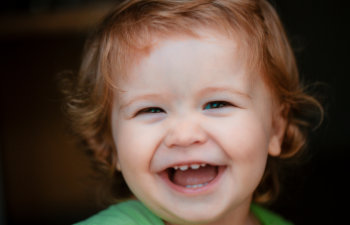Does My Child Need Scoliosis Surgery?

Scoliosis is a medical condition characterized by an abnormal curvature of the spine. It affects about 3% of the population, with a higher prevalence among females. While mild cases of scoliosis can be treated with physical therapy or bracing, severe cases may require surgery. However, the decision to undergo surgery is not an easy one, especially when it comes to a child.
Killed neurosurgeon Dr. Sina Rajamand at Battle Born Brain and Spine in Reno, NV, explores the factors that determine whether a child needs scoliosis surgery or not.
Diagnosing Scoliosis
The first step in determining whether a child needs scoliosis surgery is to diagnose the condition. Scoliosis can be diagnosed through a physical examination, X-rays or MRI. The degree of curvature and the location of the curve are important factors in determining the severity of the condition.
Severity of Scoliosis
The severity of scoliosis is measured in degrees of curvature. A curvature of less than 20 degrees is considered mild, while a curvature of 20-40 degrees is moderate. A curvature greater than 40 degrees is considered severe. In general, surgery is recommended for curves greater than 40 degrees.
Age and Growth
The age of the child is an important factor in determining whether surgery is necessary. Surgery is usually not recommended for children under the age of 10 because their bones are still growing. In some cases, bracing or physical therapy may be used to slow down the progression of scoliosis until the child is old enough for surgery. For children over the age of 10, surgery may be considered if the curvature is severe and is likely to progress.
Location of the Curve
Another important factor in determining whether a child needs scoliosis surgery is the location of the curve. Curves in the thoracic spine (upper back) are more likely to progress and can lead to respiratory problems if left untreated. Curves in the lumbar spine (lower back) are less likely to progress and may not require surgery.
Benefits and Risks of Scoliosis Surgery
The decision to undergo scoliosis surgery should be made after careful consideration of the benefits and risks. The benefits of surgery include correction of the curvature, improvement in appearance and prevention of further progression of the condition. However, surgery also carries risks such as infection, bleeding, nerve damage and complications from anesthesia.
Dr. Rajamand offers minimally invasive surgical solutions that only require a single, small incision at the exact area where repairs are needed, minimizing damage to surrounding tissues and other surgical risks. These can include spinal fusion to stop the progression of curvature or installing a rod along the spine to hold it straight. The rod is lengthened as necessary as your child grows into adulthood, continuing to provide stability and support for the spine.
The decision to undergo scoliosis surgery for a child is a complex one that requires careful consideration of many factors. Consulting with an eminently qualified and experienced neurosurgeon like Dr. Rajamand can provide guidance and support throughout the process. Contact Battle Born Brain and Spine in Reno today to schedule a consultation and exam.
Posted on behalf of
1525 Vista Lane, Suite 100
Carson City, NV 89703
Phone: (775) 227-2720
FAX: (775) 204-2820
Email: info@b3-s.com
Monday - Friday 9:00 AM – 5:00 PM

